Why Digital SLR Photography?
Just about three years ago I made a web page for this site called "Why Digiscoped photography?". It tried to explain using a couple of photograph's why , at the time , I was a dedicated digiscoper - using a small camera to take photograph's through a telescope. The page now looks dated to me and the image of the Peregrine so grainy. I have decided to write out the pros and cons for both digiscoping and digital SLR photography with a few up to date images included. I know where my photographic future lies. If , on the other hand you think it more important to capture an ID photo of a distant bird rather than the quality of that image , then maybe digiscoping is for you. There is certainly still quite a following for it.
There are a number of pros to digiscoping -
1, It's nice to be able to take images of your "scopeable" birds
2, Lack of equipment needed , most already own a 'scope
3, Range at which you can take an image = lack of disturbance to bird
4, You can see the bird on the back of the camera before you capture the image
And quite a few cons -
1, As soon as you add a camera to a 'scope you stop alot of light from entering the camera
2, To get any sort of quality image you need good light and must be close to your subject
3, Camera shake at lower shutter speeds is a major problem requiring a very steady tripod/head set-up and "off camera" shutter release
4, You need a fast shutter speed for birds and with the lack of light you tend to opt for higher ISO settings , meaning grainy images
5, It's almost impossible to follow a bird whilst digiscoping , therefore you'll end up with alot of images of birds on posts!
6, No flight images ( I do own a few flight images I've taken whilst digiscoping , but it's hard to see what the bird is! Most were of large , distant birds like Marsh Harriers)
7, Difficulty in seeing the image about to be taken on the back of the camera in sunlight
8, Poor white balance control = hot whites
Digital SLR bird photography has many pros -
1, Quality of images
2, "Point and press" ease of use
3, Flight images
4, Follow a bird through the viewfinder until you decide to take the picture
5, The cameras have a much larger image size capability = better quality when cropping images
6, Different lenses available - from macro to distance
7, You have full control over your exposure , white balance etc , before you get anywhere near a computer
And a few cons -
1, Initial outlay can be expensive , but prices are dropping fast
2, Equipment can be heavy (I tend not to carry a 'scope any more)
3, The range at which you can capture an image is not as great as digiscoping
The portfolio of images I created over two years digiscoping have been largely backed-up and forgotten. I now think quality was the main issue. Recently I have not seen an improvement in quality regarding digiscoped images on the internet , but I have noticed a marked rise in digital SLR use - that must tell you something.
Below are a few images to illustrate the digital SLR's plus-points.
All images on this page were taken with a Nikon D100 digital SLR and Sigma lenses. Usually a 300mm f2.8 , on its own or with a 2X teleconverter. (NB - because of a technical detail with digital SLR's there is a multiplying effect on a 35mm equivalent lens attached to it. Example - my 300mm Sigma shop-bought lens becomes a 450mm f2.8 lens just by fitting it to the body and with a 2X teleconverter becomes a 900mm f5.6 with working autofocus)
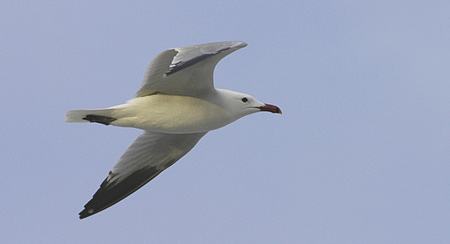

Flight images
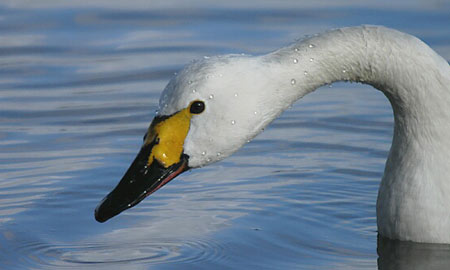
Excellent white balance
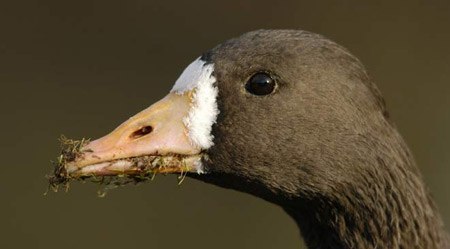
Great colour balance
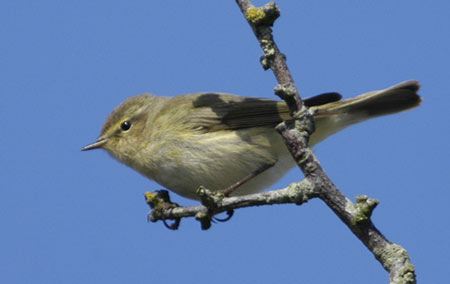
Fast handling
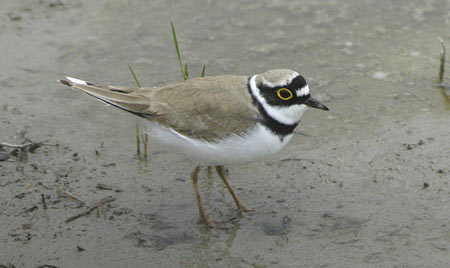
Quality low-light images